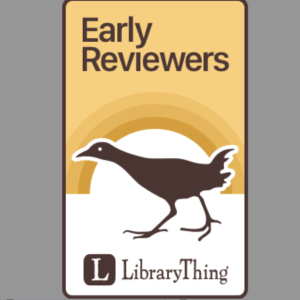Immediately before writing this review, I read a headline from the Jerusalem Press: “Harris Poll finds 51% of Americans Ages 18-24 Want Israel ‘Ended and Given to Hamas.'” Today (12/17/23) is the 72nd day after the unspeakable, savage slaughter of over 1200 people in Israel and the abduction of another 240 men, women, children–an infant as young as 8 months. Israel is now fighting an existential war against Hamas (and Hezbollah, and the Palestinian Jihad, etc.; let me forego a political discussion).
When I began reading this Haggadah a couple of weeks ago, numbed by both the barbarity of Hamas’ atrocities and the bursting flood gates of global antisemitism, my thought was, “this Haggadah is crucial–why hasn’t it been written sooner!”
As young children, my brother and our cousins and I attended Hebrew school and Sunday school. We learned Hebrew and Torah and prophets, as well as our holidays and customs and rituals. Israel was a nascent nation and some of us were budding Zionists. The Holocaust was over–yet we were mostly sheltered from what had taken place. With Zeidi (Grandpa) leading the seder in his Romanian-accented Hebrew, except for the Fir Kashes (Four Questions) and Eliyahu haNavi–and the meal–we felt distanced from most of the content of the Haggadah. Most of the text was about the Exodus; some was Talmudic. It was about what happened “back then.”
Thankfully, with maturity and more in-depth study, I’ve moved beyond my “How does this relate to me?” to its obvious relevance today. How much more meaningful the seder, especially with its focus on the critical importance of Israel to Jews and Israel in present times. Chinitz notes, “Passover is the most Zionist holiday on the Jewish calendar.”
Chinitz both sticks to and enhances the traditional Haggadah. He adds comments that help clarify what we may overlook, such as in the song “Echad, Mi Yo’dei’ah,” he adds in parentheses that “eleven” refers to the eleven sheaves of wheat that Joseph saw in his dream. He does this throughout–it’s both enlightening and exciting to be able to make such connections. He adds fascinating midrash and helpful interpretations. What a joy to read and learn.
The entire Haggadah, with Chinitz’ comments and interpretations, makes evident the importance of Israel and Zionism to Jews worldwide, and also how they are interwoven into Pesach and into who we are as a people–throughtout our history AND TODAY! In addition to his commentary within the Haggadah text, Chinitz adds a series of discussion topics at the end. These are clear, succinct, factual essays that address and counter the misinformation used by anti-Zionists/ antisemites (sadly, many of them Jewish) to denigrate Israel and Zionism. In the introduction, Chinitz suggests that seder participants be assigned certain topics ahead of time to discuss during the seder meal, suggesting that the presenters primarily be the adolescents at the table. This is a form of vaccination–providing our children (and ourselves) with fact-based information to internalize and to use when fighting the potentially fatal global pandemic of antisemitism/anti-Zionism.
Yasher ko’ach Dr. Chinitz. What a privilege to read this Haggadah. I hope it becomes a primary teaching tool at all levels of Jewish (and, perhaps, secular) education–and THE Haggadah we incorporate into our seders.( )
Teetar | Dec 17, 2023 |
This is a wonderful addition to the Seder table for anyone who celebrates Passover. There are explanations that normal people (not Judaic scholars) can understand. The pictures are modern and the explanations bridge the gap between Biblical time and modern times. I look forward to using many of these pages in my own Passover Seder. I only wish it were in print form – I will have to print individual pages as I need them.
Thank you for a wonderful resource!!( )
Judithw536 | Nov 2, 2023 |

